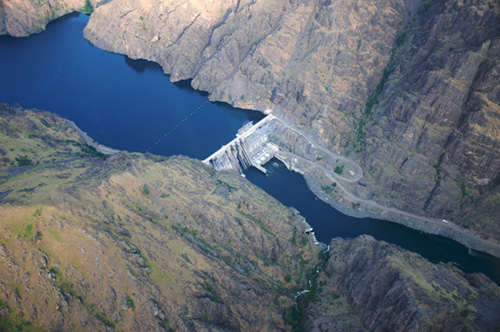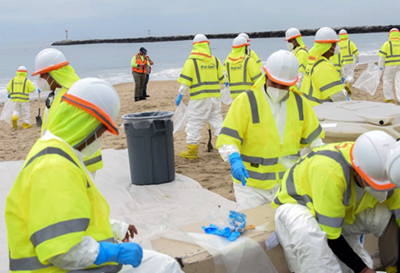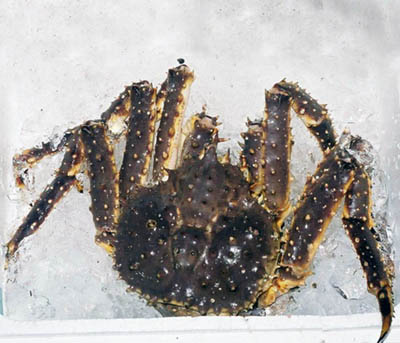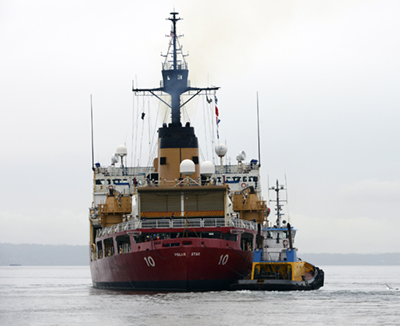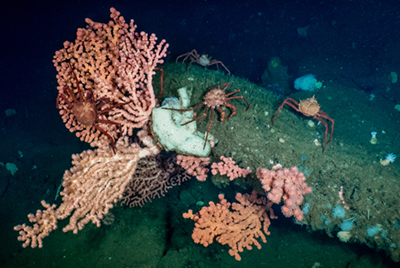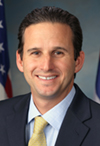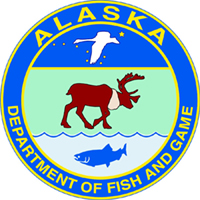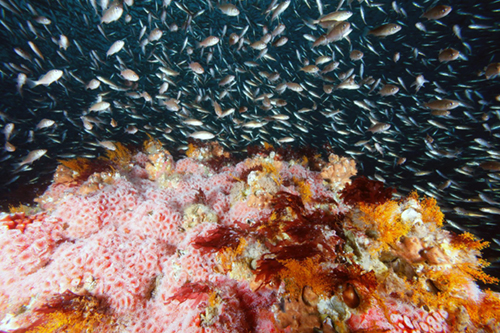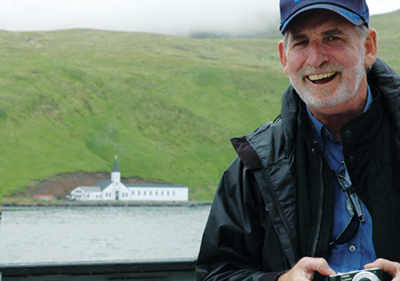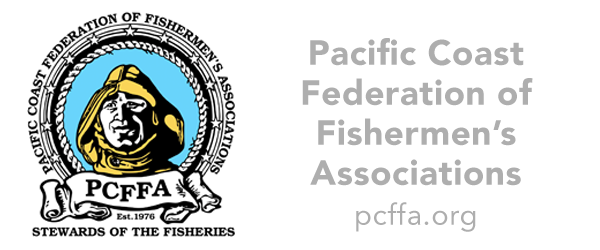New West Coast Fishing Regulations for 2022
With the new year comes a new book of fishing regulations. Actually, many new books – plural – of fishing regulations, since regulations are set by each individual state. These regulations can have a significant impact on anglers, governing everything from catch limits, zoning and licensing requirements.
For 2022, fishing regulations have been altered mainly to either assist conservation efforts or to clarify language. Here are some of the most significant changes affecting fishermen along the West Coast.
Alaska
Alaska, which includes four times more coastline than any other state, faces a larger regulatory task than most of the continental United States.
Alaskan fisheries are regulated by the Alaska Board of Fisheries, which meets every three years to determine regulatory changes. D...

